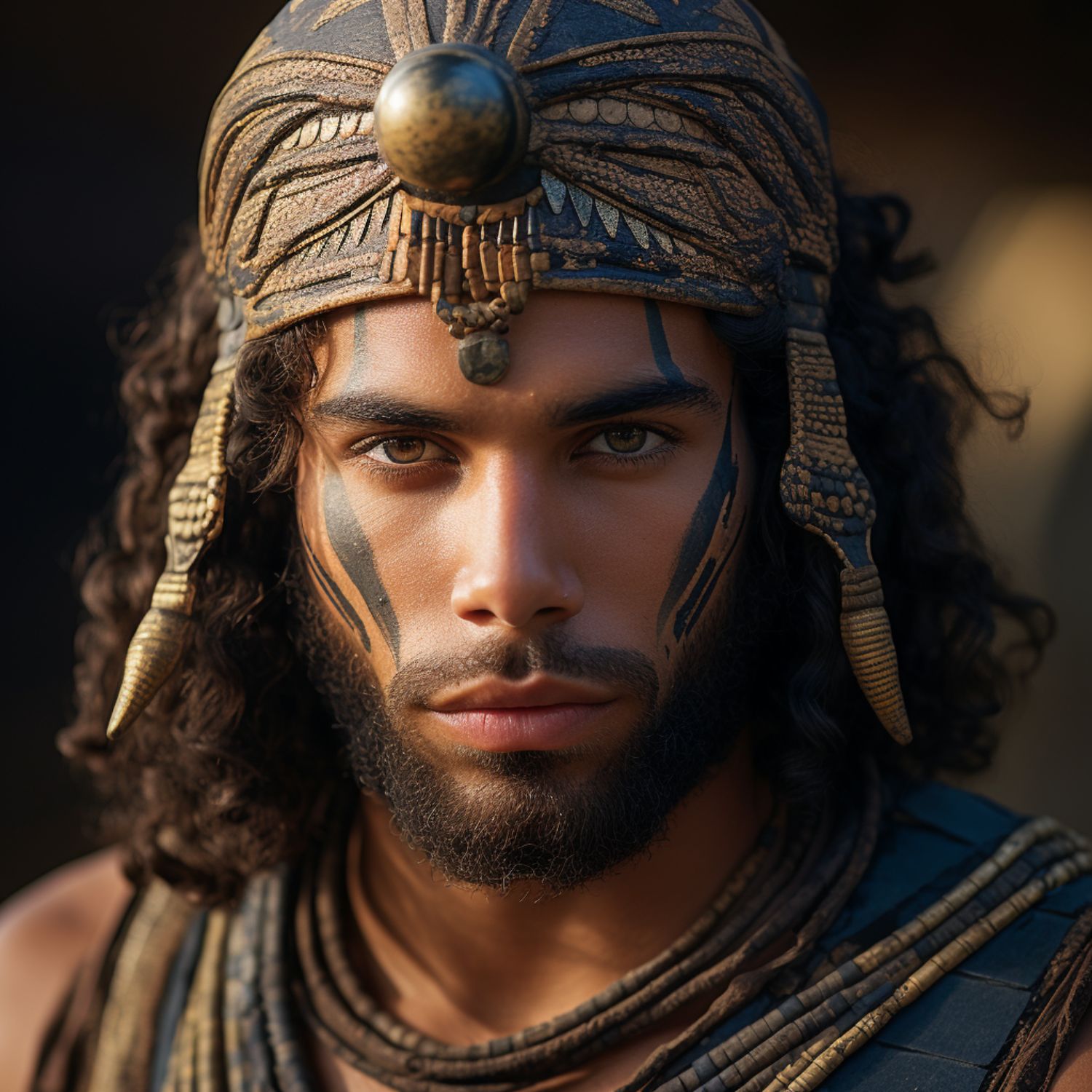In the rich tapestry of ancient Egyptian mythology, Geb stands as a pivotal deity, embodying the earth itself. Known as the god of Earth, Geb was a symbol of fertility and strength. His portrayal often featured a man reclining beneath the arching figure of Nut, the sky goddess, reflecting his role as the physical ground supporting the heavens. As the son of Shu, the god of air, and Tefnut, the goddess of moisture, Geb was part of the Heliopolitan cosmogony.
The Ancient Egyptians
Ancient Egyptian Historical Sites and Ruins
Egyptian Mythology
Ancient Egyptian Artifacts
| Ankh Cross |
| Dream Stele |
Historical Figures
| Ramses II |
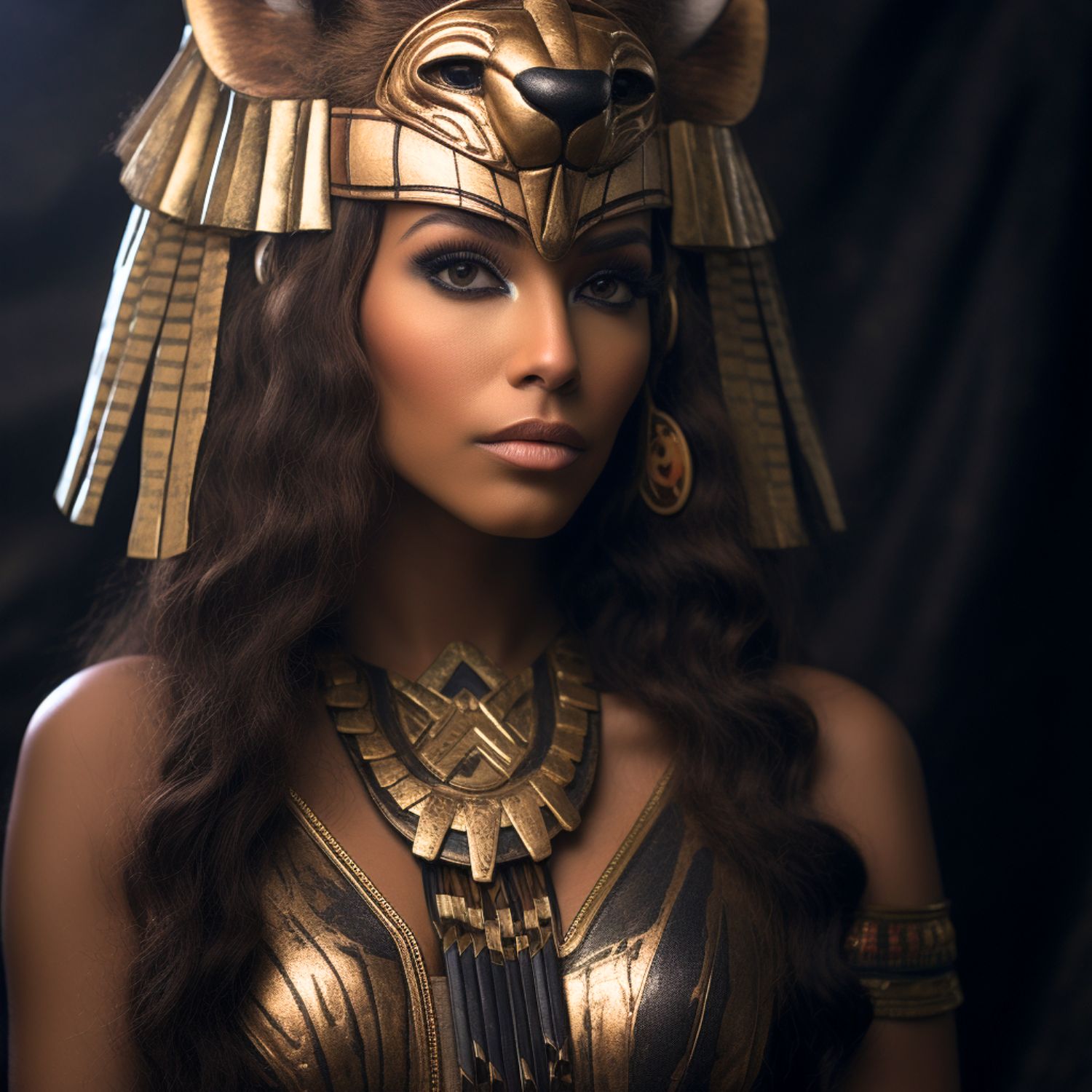
Sekhmet Egyptian Goddess
Sekhmet’s history dates back to Ancient Egypt as one of the oldest and most powerful goddesses. Her name means “the powerful one,” and she often appears as a lioness, a symbol of strength and courage. The Egyptians worshipped Sekhmet as a warrior goddess and the protector of the pharaohs. She held dual roles involving healing and destruction. In times of war, they believed Sekhmet could unleash chaos on their enemies. Conversely, in times of peace, she could ward off diseases and bring about healing.
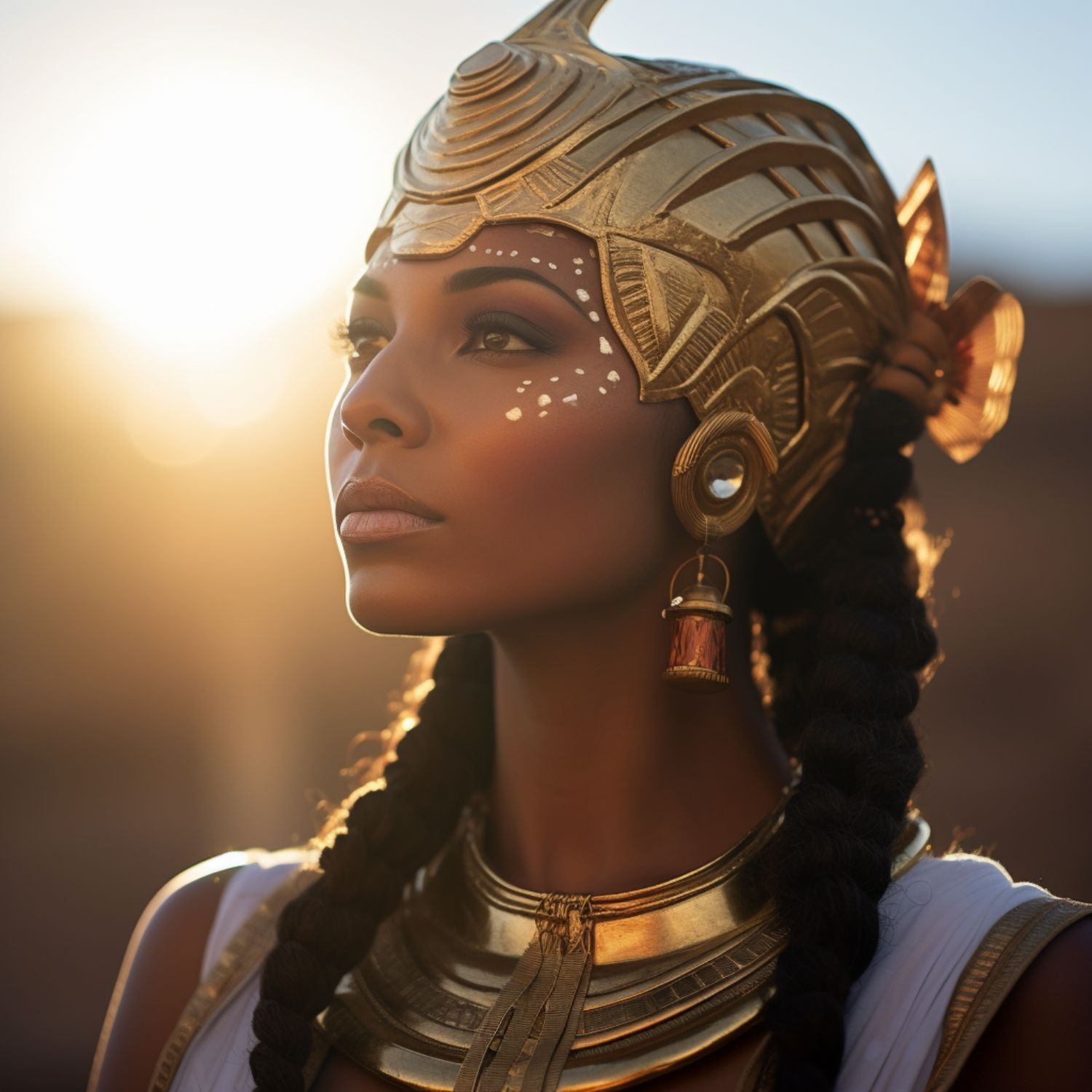
Nut – The Ancient Egyptian Sky Goddess
Nut, the ancient Egyptian sky goddess, plays a pivotal role in the Egyptian pantheon. Her arching body forms the heavens, a symbol of protection and motherhood. Nut’s tale weaves through creation myths, where she gives birth to the sun each morning. It sets back into her mouth at dusk, traveling through her body at night. Her story also intertwines with the legends of Osiris, Isis, Set, and Nephthys, her children, who are central to Egyptian mythos.
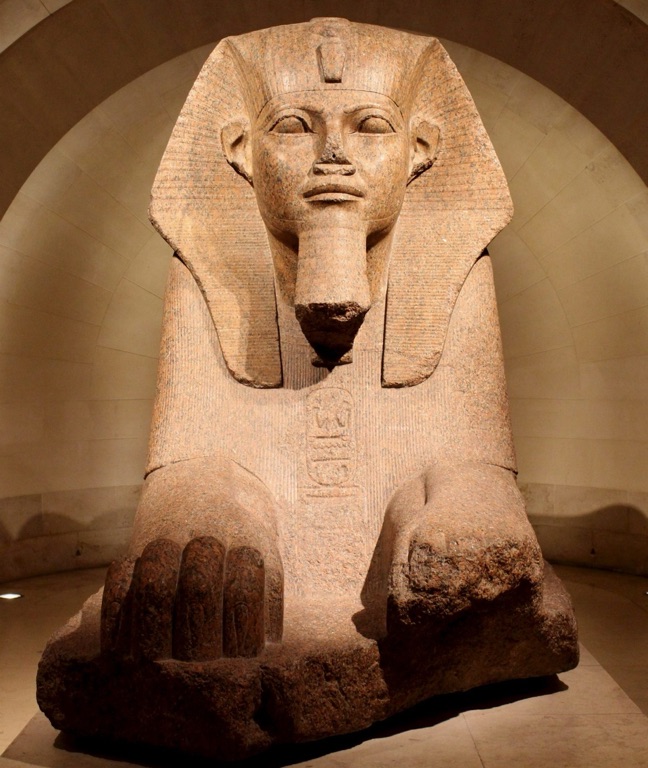
The Sphinx of Tanis
Amidst the sands of Egypt, the Sphinx of Tanis intrigues historians and tourists alike with its enigmatic appeal. Not as renowned as its Giza counterpart, this Sphinx remains a mystery, its origins shrouded in the mists of time. Carved from a single slab of granite, it now resides in the Louvre Museum, captivating onlookers with its intricately carved features and regal bearing. Tales of its discovery in the Temple of Amun in Tanis whisk us to an era of pharaohs and grandeur, hinting at untold stories between the lines of hieroglyphs etched on its surface.
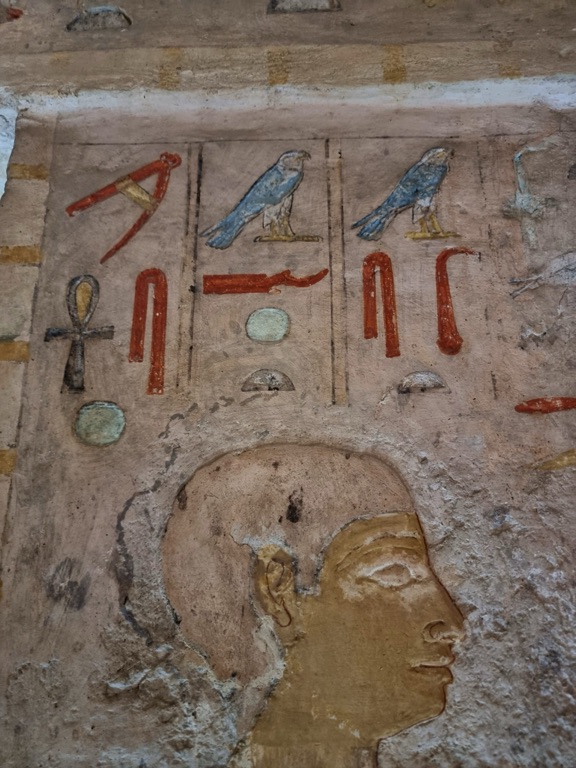
The Tomb of Queen Meresankh III
The Tomb of Queen Meresankh III stands as an architectural marvel, encapsulating the grandeur of ancient Egyptian royalty. Situated in the East Cemetery of the Giza Plateau, this tomb harbors the rich history and artistry of the Fourth Dynasty. Queen Meresankh III, with her tomb’s strategic location near the great pyramids, was no ordinary royalty; her resting place reflects her significance. Visitors marvel at the imposing facade and the intricate carvings within, representing scenes of daily life and highlighting the queen’s esteemed status in society.
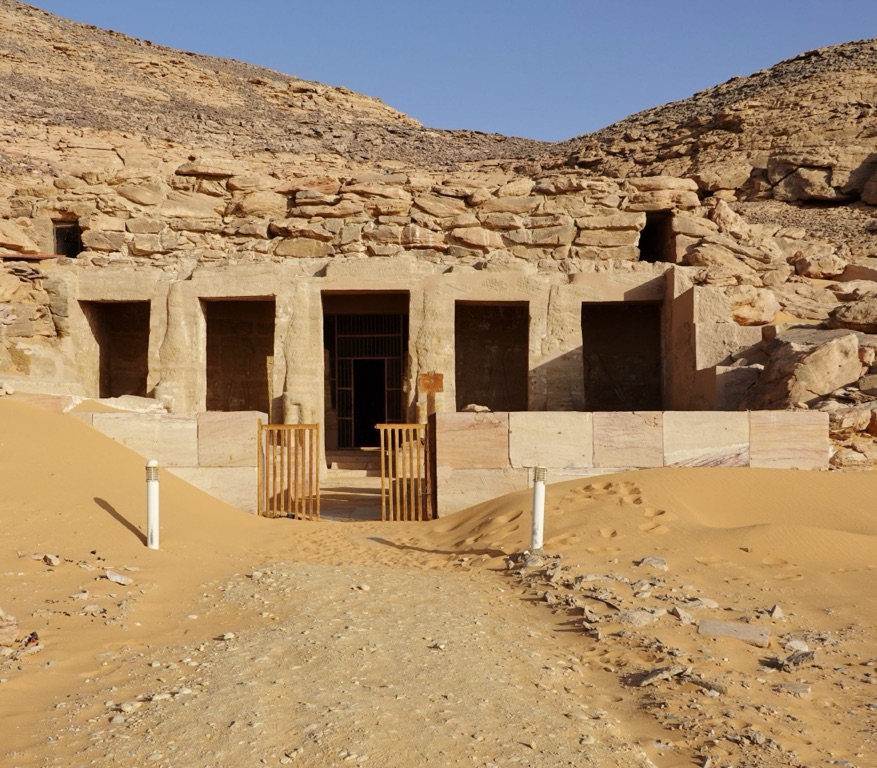
Temple of Derr (El-Derr)
The Temple of Derr, also known as El-Derr, is a rock-cut temple located in Nubia, near the shores of Lake Nasser. Constructed during the reign of Pharaoh Ramesses II, it stands as a testament to ancient Egyptian architecture and the pharaoh’s power. Notably, the temple was moved from its original location to save it from the rising waters of Lake Nasser during the construction of the Aswan High Dam. Its facade features four colossal statues of Ramesses II, each over five meters tall, etched into the rock. Inside, well-preserved wall reliefs depict religious rituals and the pharaoh’s military triumphs, offering a glimpse into the beliefs and artistry of the time.

